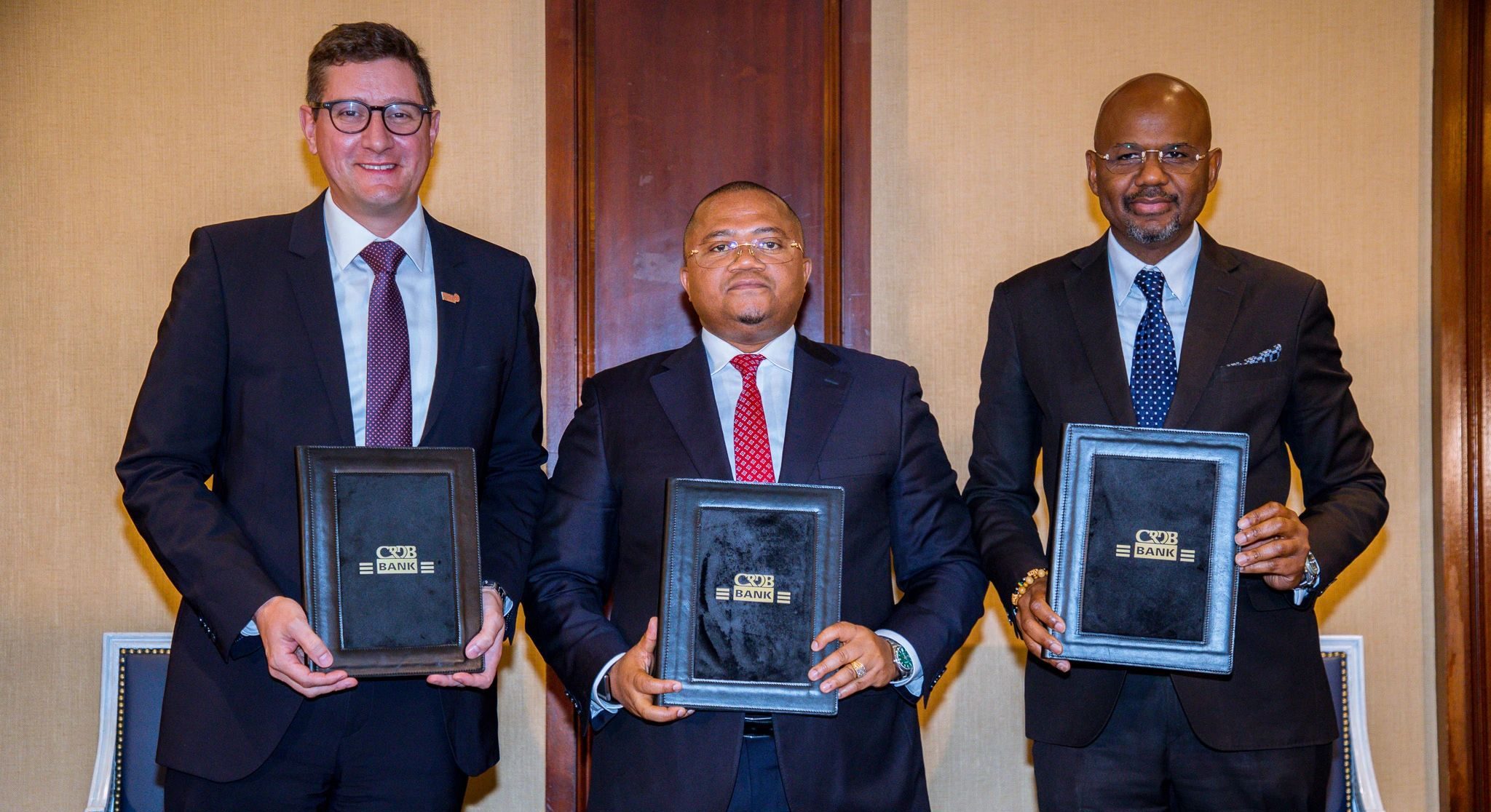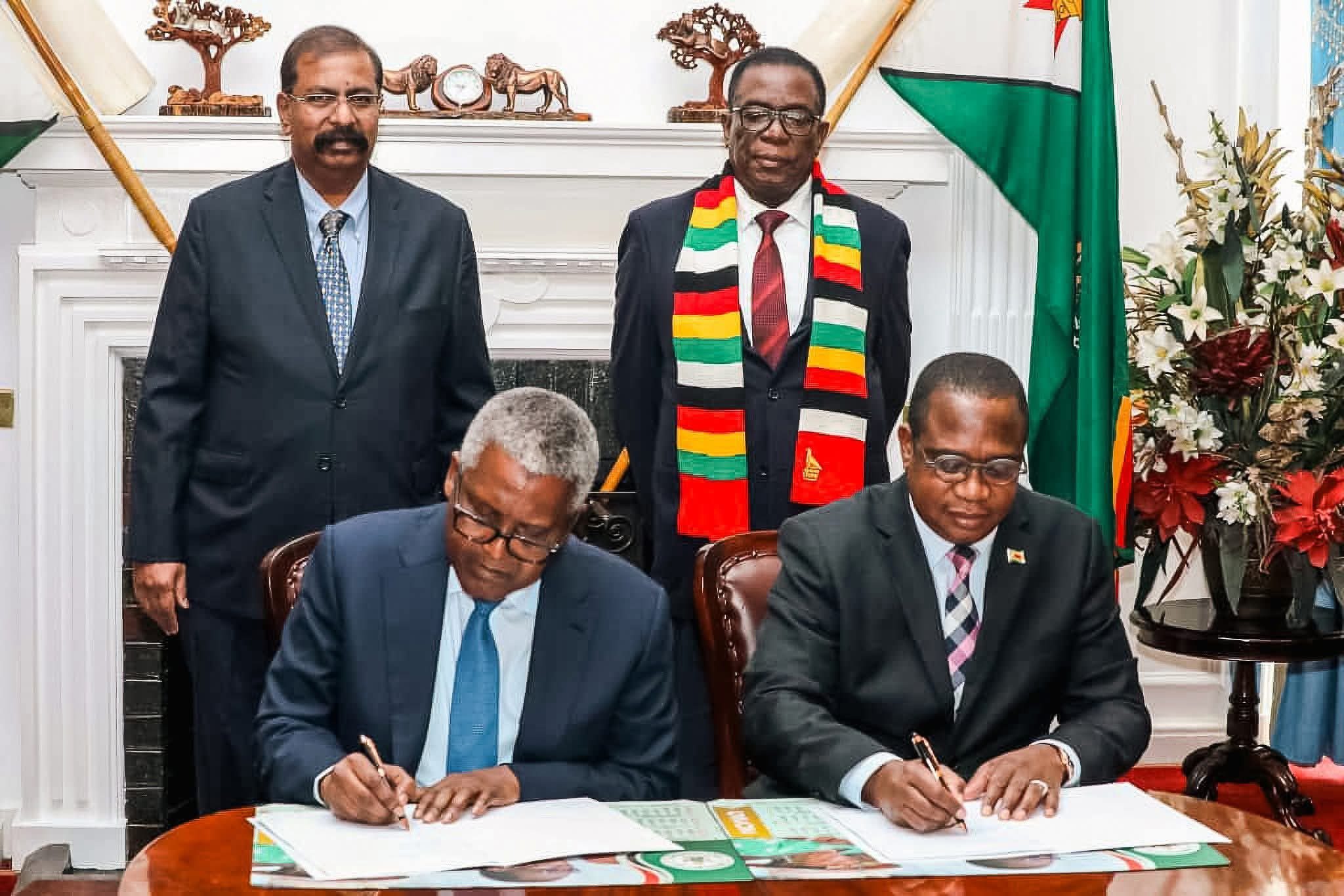
Saturday, 16th August 2025

Par inAfrika Reporter
When Tanzania switched on a new investment super-regulator this July, the move looked less like bureaucratic tinkering and more like a statement of intent. The Tanzania Investment and Special Economic Zones Authority—TISEZA—now sits where two agencies once did, absorbing the Tanzania Investment Centre and the Export Processing Zones Authority into a single gateway for capital. The consolidation, created by the Investment and Special Economic Zones Act No. 6 of 2025, gives Dar es Salaam one front door for approvals, after-care and zone development—an administrative simplification designed to matter to investors who price time as much as tax.
Personnel choices underscored the seriousness of purpose. President Samia Suluhu Hassan named Gilead John Teri, formerly head of the investment centre, as TISEZA’s inaugural director-general, tasking him with completing the merger and resetting the investor journey from application to operation. The appointment was confirmed by the presidency and domestic media; it anchors continuity at a moment of institutional change.
The harder question is what the new structure will do for growth. TISEZA did not wait long to offer an early answer. On 12 August 2025 it unveiled five “strategic” special economic zones meant to channel investment to logistics-ready sites with rail, port and power nearby: Buzwagi in Shinyanga (1,333 hectares); Nala in Dodoma (607 hectares); Bagamoyo Eco-Maritime City, phase one (151 hectares); Kwala in Coast Region (40.5 hectares); and an expansion of the Benjamin William Mkapa zone in Dar es Salaam (13,000 square metres). The geography is deliberate—dry-port adjacencies, port-facing land and a repurposed former mine—signalling a bid to build export industry on infrastructure Tanzania has spent the past decade financing.
A day later, the government moved from designation to demand-generation, launching a national promotion drive to market the sites at home and abroad. The messaging leans on readiness—zoned land, trunk infrastructure, streamlined processing—and on sector targets from textiles and pharmaceuticals to automotive components and agro-processing. For a country that has long courted factories but struggled to assemble enough bankable, serviced plots in the right places, the choreography is intentional: package, promote, convert.
Investors will parse the policy backdrop as closely as the maps. In this year’s budget cycle, Tanzania pared back one of its most generous incentives: the 10-year income-tax holiday for EPZ/SEZ firms selling locally. The carve-out is consistent with a broader trend in African tax policy—limiting open-ended holidays while keeping export-oriented incentives—and with a government priority to raise non-resource revenues. The practical effect is to sharpen the export focus of the new zones while nudging domestic-market players toward normal tax treatment. For cross-border manufacturers weighing East African locations, the signal is familiar: incentives remain, but with stricter performance logic.
None of this is happening in a vacuum. Tanzania’s neighbours have spent the past decade iterating their own zone regimes—Kenya around the SGR and Mombasa’s Dongo Kundu; Rwanda with Kigali SEZ as a services-and-light-industry node; Ethiopia with an export-textiles ecosystem. The regional race is not merely about headline tax rates; it is about speed to title, grid reliability, customs clearance on site and credible after-care. The bet behind TISEZA is that one accountable authority, married to a pipeline of serviced land, can narrow execution risk enough for capital to choose Dodoma over Athi River, Dar es Salaam over Addis. The consolidated authority’s “one front door” design—plus its mandate to develop and market zones—puts responsibility and leverage in the same place, which is broadly what multinationals prefer when they escalate problems.
The sites themselves read like a portfolio strategy. Buzwagi’s 1,333 hectares reclaim a post-gold-mining landscape for industry, logistics and possibly mineral-adjacent processing, a theme running across African mining belts seeking to capture more value onshore. Nala, near the administrative capital, doubles down on Dodoma’s emergence as a distribution hub tied into the central corridor. Bagamoyo’s eco-maritime concept—starting with a modest 151 hectares in phase one—signals a long game at the coast, while Kwala’s smaller footprint next to the standard gauge railway is a bet on rail-served warehousing and assembly. The Mkapa expansion in Dar, though compact, caters to firms that need city proximity and a plug-and-play plot. If TISEZA sequences these right—pre-permitting, bulk services, tenant pre-commitments—the yield in jobs, exports and technology transfer could be material.
Yet execution will be the determinant. Mergers create their own friction: IT systems must interoperate; legacy processes need pruning; staffing cultures must blend. Policy commentary around the merger has already warned that transition costs could dent near-term service levels if milestones and monitoring are not explicit. The upside of a clean sheet is equally real: standardised service-level agreements, digital tracking of applications and a single escalation ladder can turn what used to be a relay race into a straight sprint. For an investor, that can compress months into weeks.
Governance will matter no less than plumbing. The appointment of a known quantity at the top provides a centre of gravity, but delivery will require TISEZA to do three hard things simultaneously. First, keep the “one-stop” promise—measured not by brochures but by cycle times from application to licence to import permit. Second, curate anchor tenants in each new zone that set the quality bar, shape supplier ecosystems and de-risk later entrants. Third, institutionalise after-care so that expansions face fewer hurdles than greenfields. Countries that do zones well treat them not as industrial parks but as programmes with targets, dashboards and the authority to fix bottlenecks across ministries.
International capital will also test Tanzania’s willingness to calibrate incentives as evidence accumulates. Rolling back domestic-market tax holidays was fiscally prudent; the bolder experiment is to peg any remaining benefits to transparent performance contracts—exports shipped, Tanzanians trained, local inputs sourced—reviewed on a timetable investors can price. The government has signalled exactly that direction in this year’s finance measures. If TISEZA turns those signals into enforceable, bankable instruments, it can market something rarer than a tax break: predictability.
The macro story helps. Tanzania enters this phase with upgraded transport assets—SGR sections in service, port improvements, new power generation—plus a steady growth profile and political stability by regional standards. For multinationals reconsidering supply-chain geography, the country now offers a clearer administrative route into a 300-million-person East African market. The new authority cannot change the global cycle, but it can decide how much of investors’ time is lost to process, how quickly land becomes truly “shovel-ready”, and how credible a dispute-resolution path looks when things go wrong.
In that sense, TISEZA is less an acronym than a test. If the authority can convert five named sites into five functioning production clusters with live tenants, export receipts and payrolls, Tanzania will have done more than tidy up its alphabet soup; it will have shifted the country’s investment brand from aspiration to execution. The right verdict will show up where it counts—in factory orders and in the calendar invites of site-visiting CFOs. For now, the architecture is in place, the zones are mapped, the pitch has begun. The next 12–24 months will tell whether the new front door opens onto real factories—or just a better reception.


